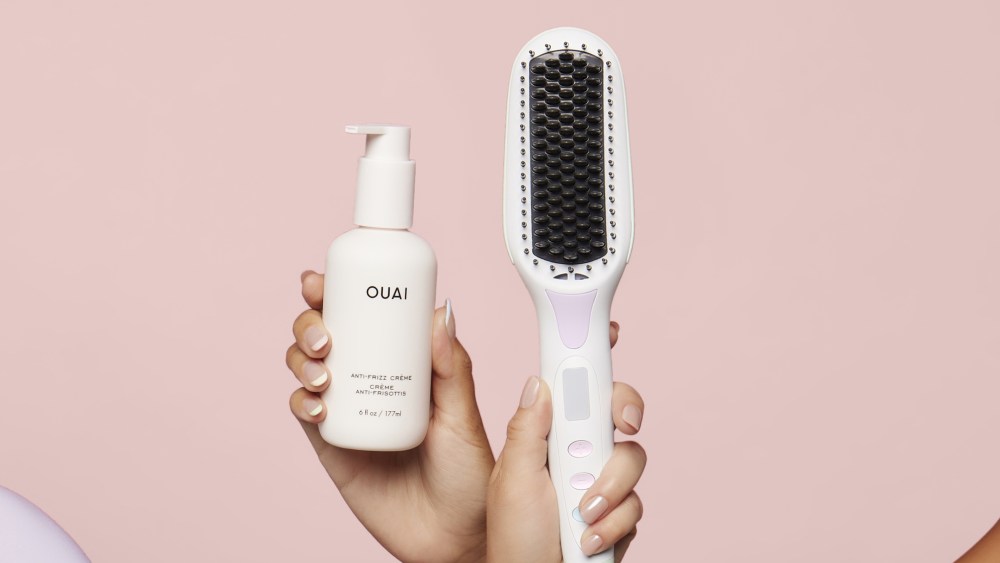Image Source: Getty/ Edward Berthelot / Contributor
Getting a new piercing is one of the easiest ways to show off your personality without ever having to utter a word. Similar to tattoos, the type of piercing that you get can categorize you as a trend lover, rebel, a general conformist, or anywhere in between. Still, you might not know that there are your standard piercings and then there are body-art trophies. Septril piercings fall into the latter category.
One of the rarer types of nose piercings in the industry, this is for committed enthusiasts. “The methodology for doing a septril does not differ from any other in terms of physically puncturing the skin, but they need to be done by an experienced professional,” Jef Saunders, cofounder of Gamma Piercing and co-author of “The Piercing Bible,” tells POPSUGAR.
Due to their rather invasive nature, septril piercings aren’t something that you can just walk into a shop and leave with on your first try – in fact, it’s a multi-step process. Ahead, Saunders breaks down everything you need to know about them, including how to change them out, the healing process, and more.
What Are Septril Piercings?
This type of piercing is located on the underside of the nose tip, but how you get it is more complicated than it sounds. “Septrils require an existing, stretched septum piercing,” Saunders says. “Once that one is removed, that existing piercing is used to pierce the through in a transverse style through the bottom tip of the nose.”
In short, the space that is created by the septum is used for the needle for the septril piercing, but instead of staying in a horizontal position, it is pulled through the bottom tip of the nose, and the jewelry is attached to the end that peeks through. Due to the nature of the piercing, it will take multiple appointments to achieve and the process can take over 18 months. Again, first you’ll need to get a normal septum piercing. Then you’ll need to increase the size of that piercing so that the area can better accommodate the jewelry needed for the septril. You’ll then pierce the tip of the bottom of your nose for the final effect.
Septril Piercing Healing Process
Piercings are considered a wound, so typical signs of wound healing are what you want to look for when your septril is healing. “Like any other piece, once redness, swelling, and discharging, has subsided, the piercing is considered pretty much healed,” Saunders says. Expect for your piercing to take anywhere from four to six months to heal, and longer if you are prone to bumping into surfaces or hitting it at all.
Additionally, to ensure proper healing, Saunders recommends following the tips from the Association of Professional Piercers. That includes using clean hands to spray sterile saline wound wash like H2Ocean Piercing Aftercare Spray ($12) onto the piercing and dabbing it lightly with gauze or cotton swabs to gently remove any crust or build-up.
Septril Piercing Example
Septril Piercing Cost
The cost for septril piercings vary depending on the location of your piercer as well as their experience level. It’s also important to keep in mind that this is essentially two piercings in one and that you have to find a piercer who is skilled enough to do the procedure in the first place. Add in the cost of jewelry material, (which most commonly is implant-grade titanium or steel), and you should expect to pay several hundred dollars for this piece.
Do Septril Piercings Hurt?
While pain levels vary per person, due to the nature of this piercing, some people may find septril piercings a bit more painful than other types. The key to mitigating the pain is to make sure that you go to a piercer who has successfully done the procedure before so that it can be two fluid motions and completed in as little time as possible.




